In recent years, the impact of smog on health has become an alarming public health issue worldwide. Smog, a harmful blend of pollutants and particulate matter, blankets cities, towns, and even rural areas. Air pollution, intensified by vehicle emissions, industrial activities, and climate change, has shown its dire effects on human health and environmental stability. This article explores the causes and effects of air pollution, its link to health problems, and potential solutions for individuals and government bodies alike. We’ll dive deep into the widespread implications of smog, from its chemical reactions to the toll it takes on human health.
Understanding Smog: What Is It, and How Does It Form?
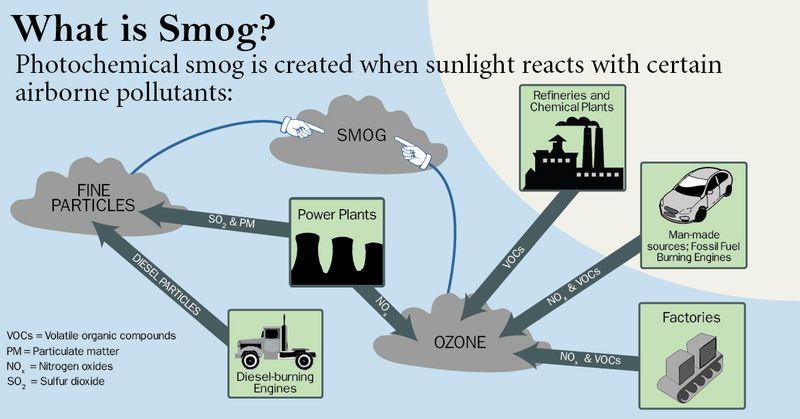
Smog is a type of air pollution derived from industrial and vehicular emissions mixed with atmospheric particles. Photochemical smog is a primary type, created when sunlight reacts with nitrogen oxides (NOx) and volatile organic compounds (VOCs) in the atmosphere. This smog is most prevalent in densely populated urban areas, where traffic and industrial output are at their highest. The rise of ground-level ozone, a key smog component, heightens the risk of respiratory issues, cardiovascular problems, and other chronic health conditions.
The impact of smog on health begins even before humans can visibly sense it. As smog’s toxic chemicals interact with the atmosphere, they worsen the quality of the air we breathe, contributing to adverse health effects that burden both individuals and healthcare systems.
Major causes of smog and air pollution
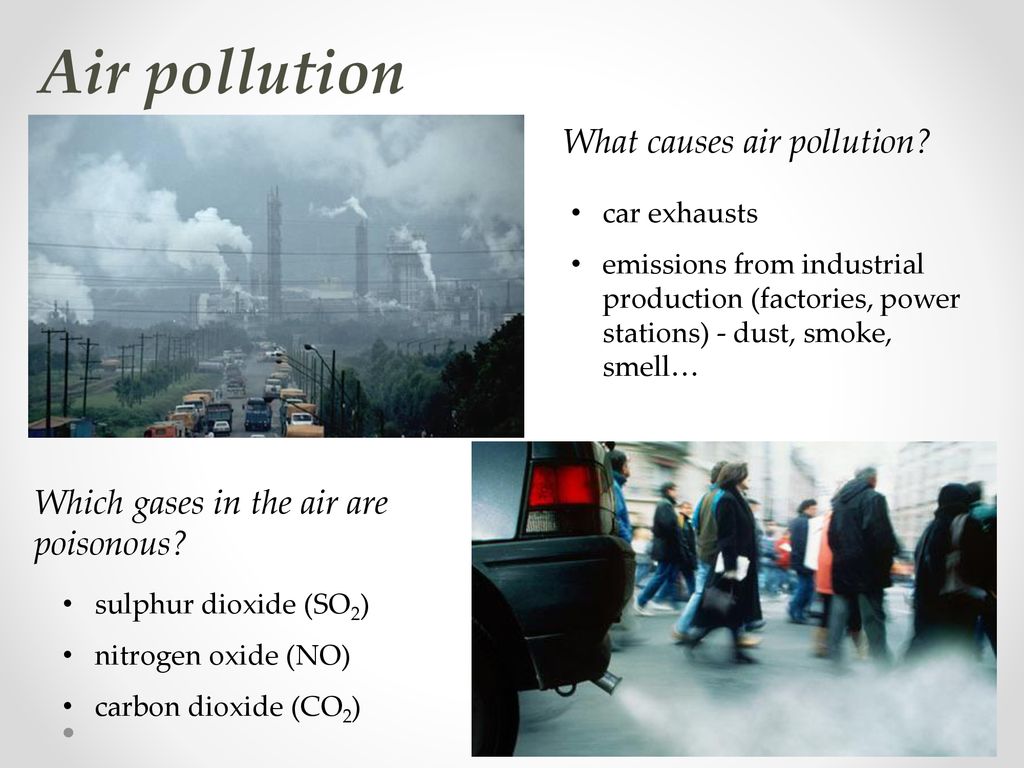
Vehicle emissions: cars, trucks, and other motor vehicles are significant contributors to smog and air pollution. They emit nitrogen oxides and carbon monoxide, especially in cities with heavy traffic. The biggest impact of traffic-related air pollution, beyond health issues, includes economic burdens and environmental degradation due to frequent infrastructure maintenance and healthcare costs.
Industrial Emissions: Factories and power plants produce pollutants, including Sulphur dioxide and particulate matter (PM2.5 and PM10), which combine with other elements in the atmosphere to form smog. These tiny particles enter the respiratory system and settle in the lungs, contributing to severe health issues.
Agricultural Practices: The burning of crop residue (a common practice in some countries) releases pollutants that contribute to smog. Methane emissions from livestock and ammonia from fertilizer also affect air quality.
Natural Causes: Wildfires and dust storms naturally release particulate matter and volatile organic compounds, contributing to seasonal spikes in smog and air pollution. Although natural, these causes are often exacerbated by climate change and human activities.
Health Effects of Smog and Air Pollution
The impact of smog on health is both immediate and long-term, and it affects vulnerable groups, such as children, elderly people, and those with pre-existing health conditions, the most. Below are some critical health impacts:
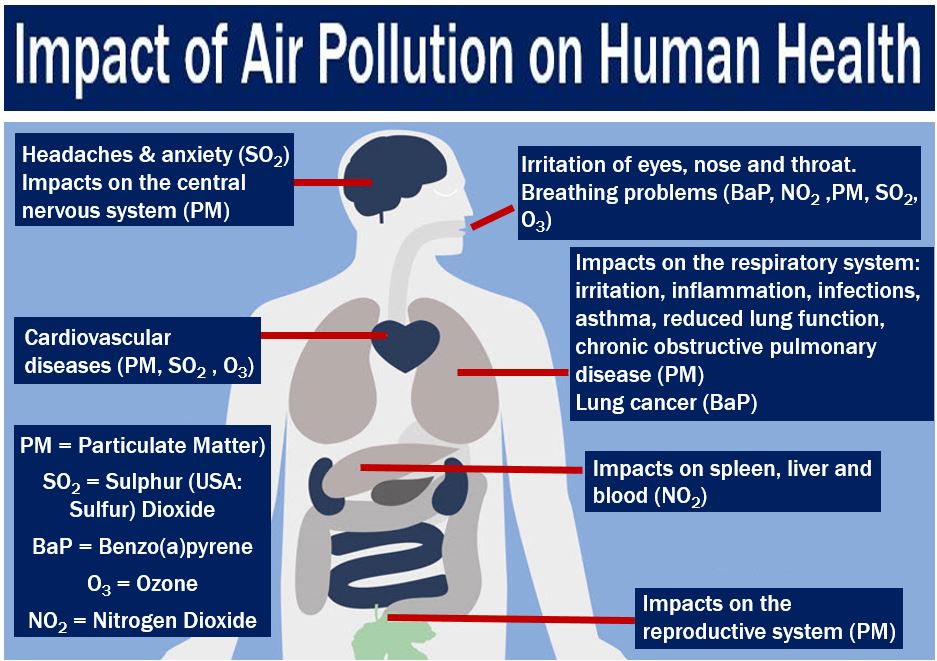
Respiratory Problems: Smog exacerbates asthma, bronchitis, and chronic obstructive pulmonary disease (COPD). Ground-level ozone and particulate matter damage the respiratory tract, causing inflammation and restricting lung function.
Cardiovascular Health: Studies reveal a direct correlation between air pollution and an increased risk of heart attacks and strokes. Pollutants like particulate matter enter the bloodstream and damage blood vessels, putting people at risk of cardiovascular disease.
Impact on Mental Health: Emerging research suggests a link between poor air quality and mental health issues, including anxiety and depression. Pollutants may affect the brain’s neuroinflammatory pathways, contributing to cognitive decline.
Impact on Children’s Health: Children, who breathe faster than adults, are more susceptible to air pollution. Exposure to smog can stunt lung development, increase the risk of asthma, and negatively impact cognitive development.
Chemical weathering and environmental impacts
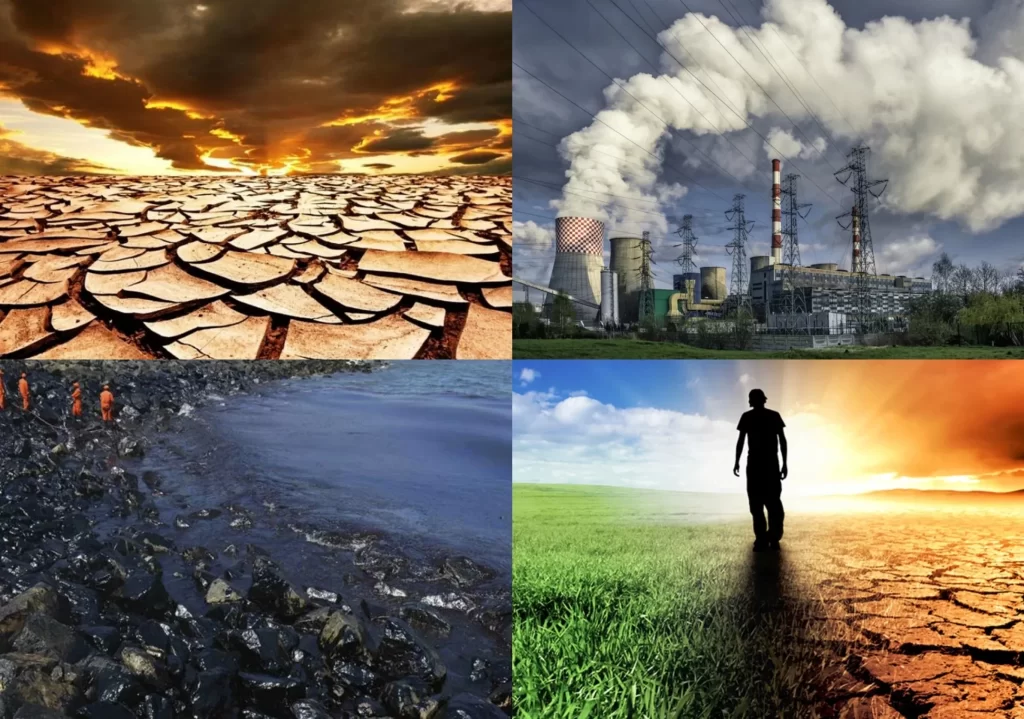
Beyond human health, air pollution impacts the chemical weathering of structures, soil, and water bodies. Chemical weathering, a natural process where rocks and materials break down due to atmospheric conditions, is accelerated by pollutants. Acid rain—a byproduct of Sulphur dioxide and nitrogen oxide emissions—dissolves buildings, monuments, and natural rock formations over time. This has significant cultural and environmental consequences, damaging heritage sites and natural landscapes.
Solutions for individuals to protect against smog
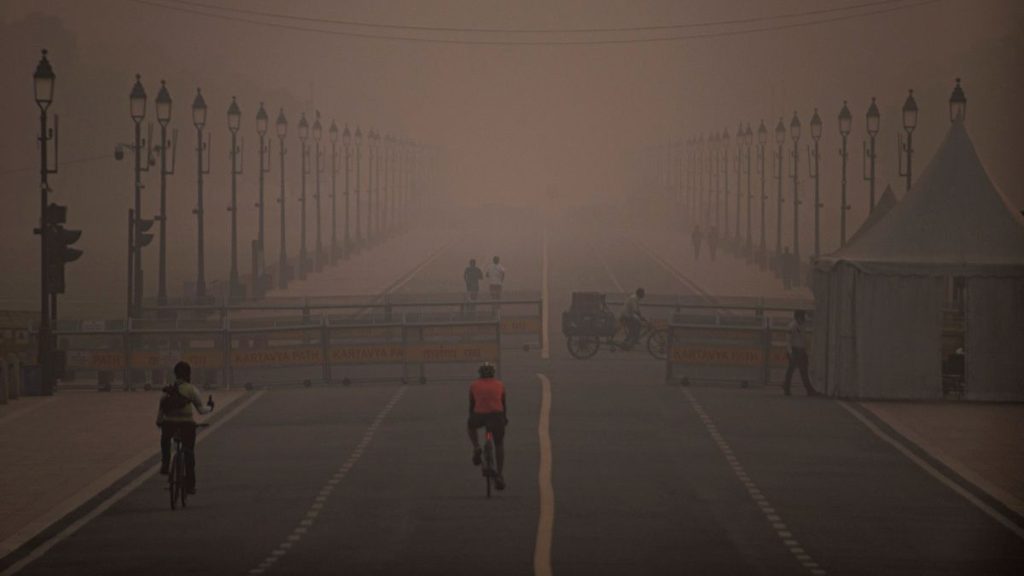
Use of Masks and Air Purifiers: Wearing masks, particularly during high-smog days, can help reduce exposure to harmful particles. Air purifiers at home can improve indoor air quality.
Avoiding Outdoor Activities During High Pollution Hours: Limiting outdoor activities, especially exercise, during peak pollution hours can reduce health risks.
Indoor Plants: Certain plants, such as snake plants and peace lilies, help improve indoor air quality by absorbing toxins and releasing oxygen. This small step can make a difference in the air quality within your living space.
Eco-Friendly Commuting: Choosing public transport, cycling, or walking instead of using a personal vehicle can reduce your carbon footprint and contribute to lowering urban air pollution.
What governments can do to reduce air pollution and smog
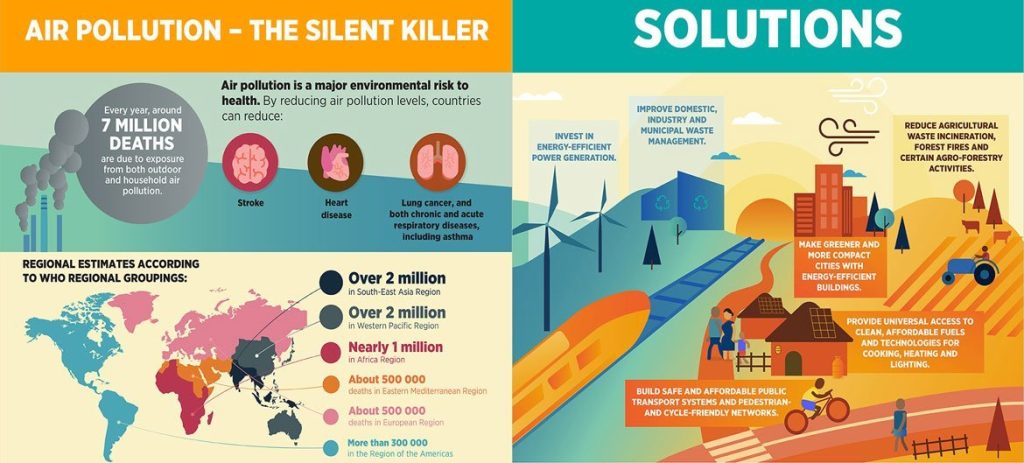
Implementation of Emission Standards: Governments can enforce stringent emission standards for industries and vehicles, focusing on reducing nitrogen oxide and Sulphur dioxide levels. This can significantly lower pollution levels.
Encouraging Renewable Energy: Investment in renewable energy sources, such as solar and wind, can replace fossil fuel-based energy sources, thus reducing smog and other pollutants.
Urban Green Spaces: Expanding green spaces in urban areas helps absorb CO2 and other pollutants, improving air quality and providing residents with healthier environments.
Public Awareness Campaigns: Public education initiatives can help citizens understand the sources and health risks associated with air pollution, empowering them to make eco-conscious choices.
Asian countries top air pollution ranking for 2024
In 2024, several Asian countries will continue to rank high in air pollution levels, primarily due to industrial activities, vehicular emissions, and reliance on coal energy. Based on recent data, countries like Bangladesh, Pakistan, and India are among the most affected, with the highest average annual PM2.5 concentrations. Bangladesh leads with an average PM2.5 concentration around 80 µg/m3, followed closely by Pakistan and India with averages in the 50–70 µg/m3 range.

South Asian countries face severe health impacts due to air pollution. Research indicates that air pollution significantly reduces life expectancy, with residents in regions like northern India losing up to five years on average due to prolonged exposure. We are undertaking measures to address this crisis, but the high levels persist, particularly in urban and industrial areas.
- COYYN.com – Empowering the Digital Capital and Gig Economy
- Standard Test Keeper AI: Revolutionizing Testing Processes
- Lovesick Precision Waterproof Eyeliner: Beauty Essential for Long-Lasting, Stunning Eyes
- Keeper.ai Standards Test: An Essential Guide to AI Excellence
- Top 10 Must-Have Icon Fashionista Stickers for Your Collection
Frequently Asked Questions (FAQs)
Q1: How does the impact of smog on health differ in children compared to adults?
Smog and air pollution have a more severe effect on children because they breathe faster and have developing respiratory and immune systems. Long-term exposure can impair lung function and increase the likelihood of respiratory conditions, cognitive delays, and developmental issues.
Q2: What is the biggest impact of traffic-related air pollution other than health?
The most significant impact beyond health is environmental degradation. Traffic-related pollution accelerates the chemical weathering of infrastructure, causing more frequent repairs and higher economic costs.
Q3: How does air pollution contribute to mental health issues?
Emerging research shows that prolonged exposure to air pollution may lead to neuroinflammation, which affects brain function and increases the risk of anxiety, depression, and even neurodegenerative diseases.
Q4: What are some simple ways to protect oneself from smog exposure?
Using masks, air purifiers, and reducing outdoor activities during high pollution hours can mitigate the risks. Additionally, cultivating indoor plants and maintaining indoor air quality helps reduce exposure at home.
Q5: How does air pollution impact chemical weathering?
Air pollution accelerates chemical weathering through acid rain, which corrodes buildings, historical monuments, and natural formations. Pollutants in the air mix with rainwater, creating acidic compounds that erode materials over time.
Conclusion
In conclusion, the impact of smog on health is vast and multidimensional, affecting not only human health but also our environment and infrastructure. This persistent issue requires proactive efforts from individuals, governments, and industries alike. While individuals can take steps to protect themselves, sustainable and comprehensive governmental policies are essential to address the root causes of smog and air pollution. By investing in cleaner energy sources, promoting public awareness, and encouraging eco-friendly practices, we can work toward a future with clearer skies and healthier lives.



V informative